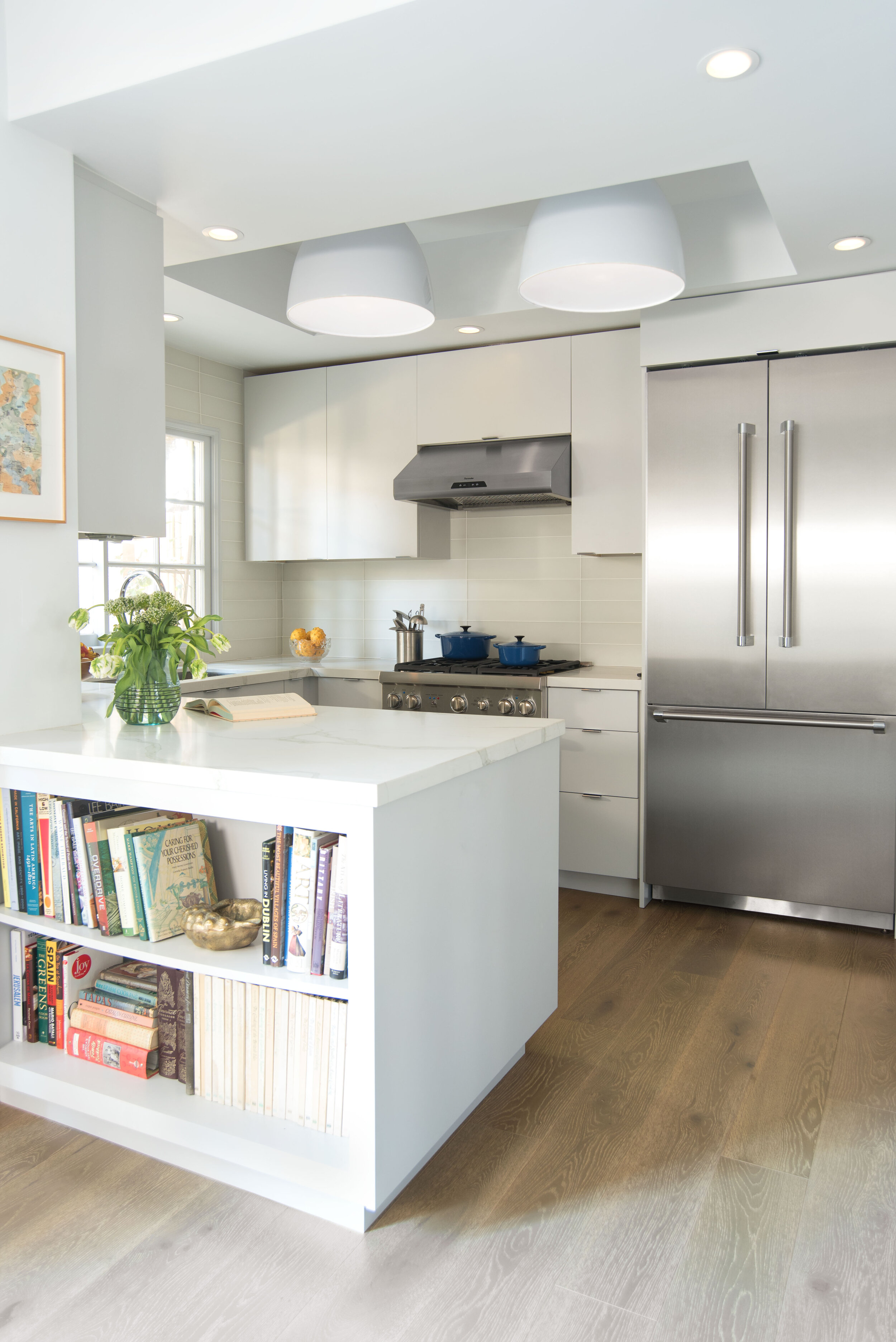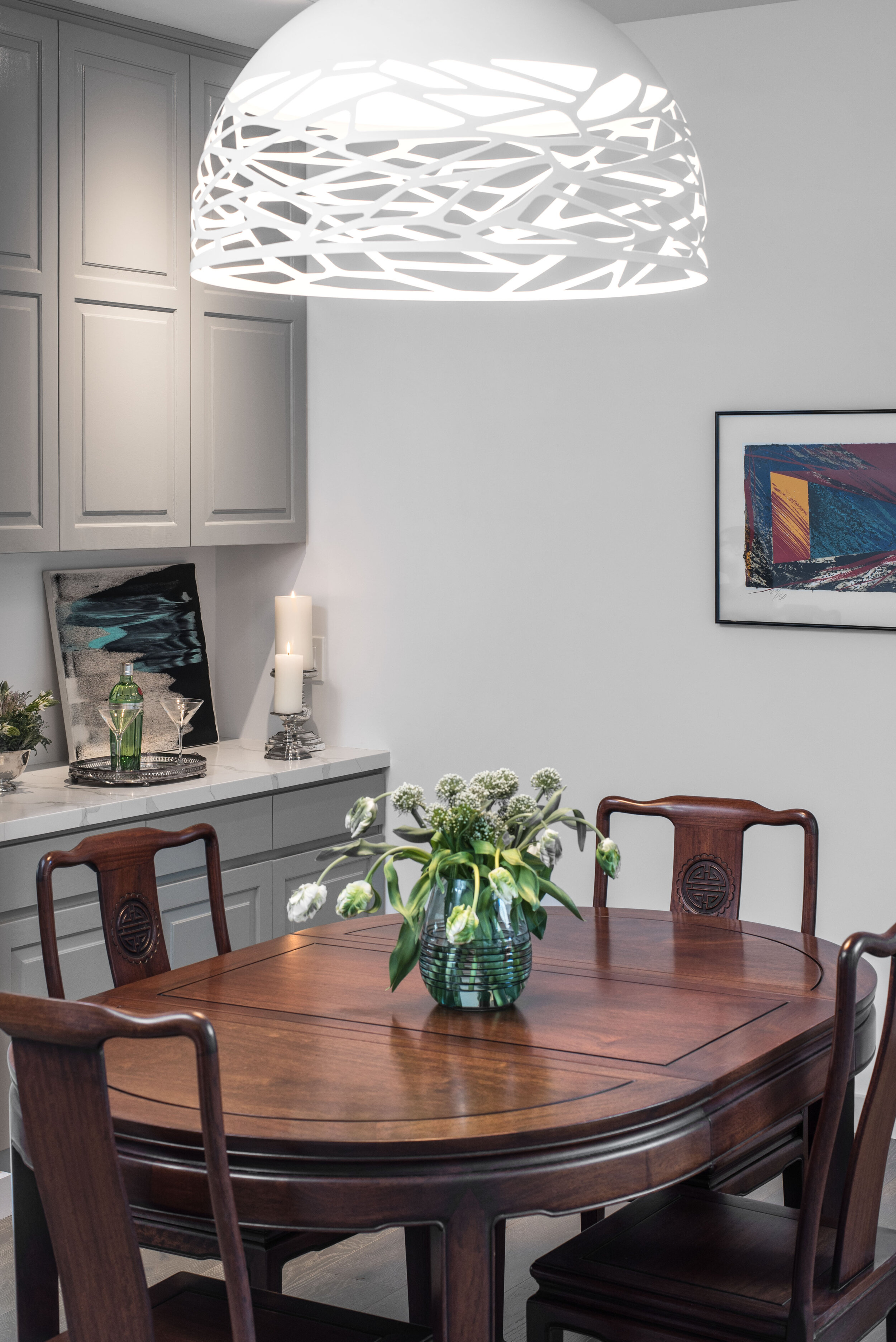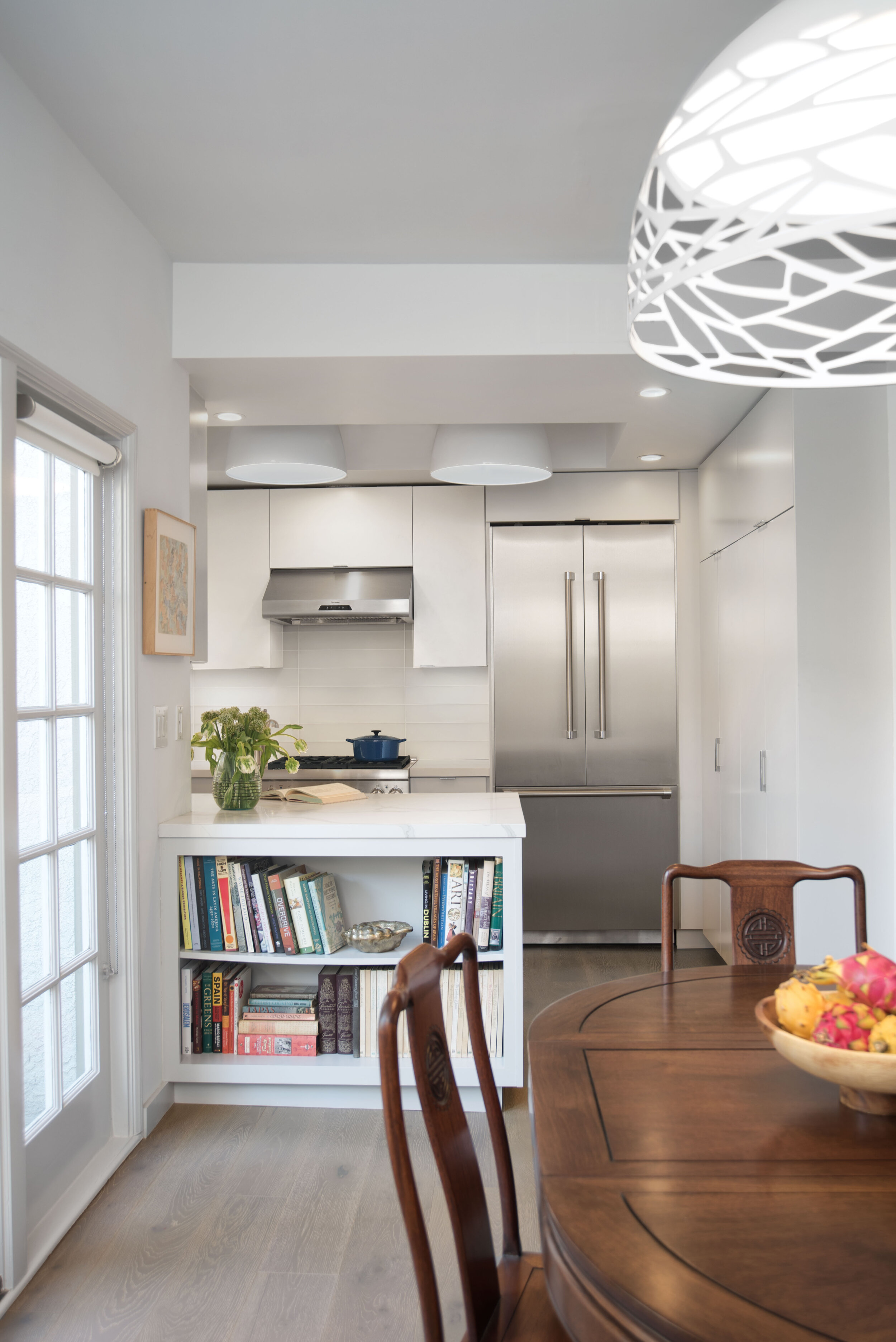The Value of a Summer Spruce: Interior design tips to refresh our homes
/Summer is a beautiful time to reevaluate and refresh the home. Spring cleanings can often be a time of resetting and purging, offering a clean slate to evaluate our homes come summer and assess any updates that can help add new life and vibrancy. Seasonal changes can help create a deeper connection to natural seasonal rhythms while offering space for change without requiring significant overhauls.
Here are a few of our studio's favorite ways to spruce up our homes for summer:
1. Fresh wallpaper.
Wallpaper can be a great way to create a new aesthetic with a single change. Introducing a bolder color or pattern can help to brighten and rejuvenate the space. Look to a favorite color, texture, or decorative item in the room as a starting point for selecting colors and patterns that will work harmoniously with the current design. Pulling themes from nature can help create a peaceful home environment while adding a sense of vibrancy and color.
2. Consider the kitchen.
While we often think of bedrooms and living rooms as areas where decor and materials are seasonally swapped, we often overlook the kitchen as a space that functions differently from season to season. It can also be an excellent time to reevaluate storage solutions or aesthetic updates that have been up for consideration. A fresh coat of paint or new cabinet hardware can help dramatically change a kitchen's look and feel.
3 Curate interior greenery.
With thoughtful curation, greenery can become a central aesthetic feature of home design. Plants that create a desired visual statement, like an indoor-friendly tree in a living room, and also suit the specific conditions of the room they're in, like moisture-loving plants in bathrooms, can help to ensure plants have lasting visual benefits and lifespans. Once plants and pots are selected, indoor landscapers assemble the arrangements and can continue maintaining plants over time to help sustain greenery.
4. Update window treatments.
Window treatments, while often overlooked, often significantly impact the look and feel of a home, providing a frame for both walls and windows and helping guide the eye throughout the home. New textures, colors, or patterns can help create balance or bring more focus to exterior views. Beyond updating the aesthetics of window treatments, opting to incorporate smart home technology can help capture the benefits of natural lighting and assist with temperature regulation.
5. Opt for art.
Hanging art on the walls or installing new pieces can be an excellent way to change the visual look of a home space. A large painting or sculpture can be an eye-catching focal point that reinvents a room. Gallery walls offer more variety and can create a more playful look or feel. Beyond artwork, favorite family photos can make for wonderful wall hangings. Working with a designer to select artwork or frames and assist with layout can help amplify the impact and intention behind these displays.
When looking to update the home space, sometimes a small update is all that is needed for a whole new look and feel. Taking the time each season to reevaluate, refresh, and rejuvenate the home can keep our interiors looking new and adapting to our changing needs throughout the year.
Sarah Barnard is a WELL and LEED accredited designer and creator of environments that support mental, physical and emotional wellbeing. She creates highly personalized, restorative spaces that are deeply connected to art and the preservation of the environment. An advocate for consciousness, inclusivity, and compassion in the creative process, Sarah has appeared in Architectural Digest, Elle Décor, Vogue, HGTV and many other publications. In 2017 Sarah was recognized as a "Ones to Watch" Scholar by the American Society of Interior Designers (ASID).













